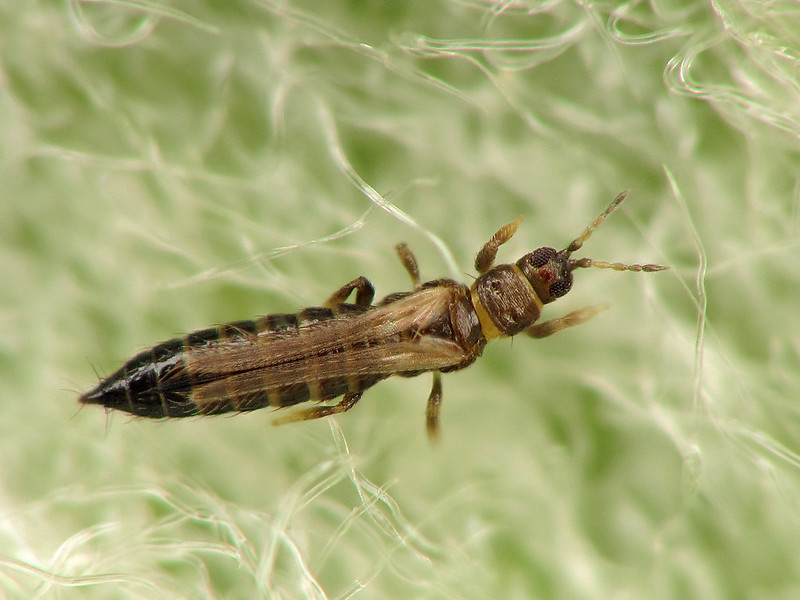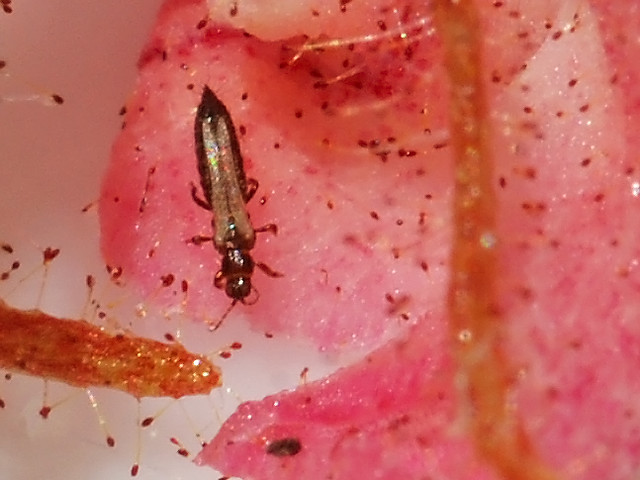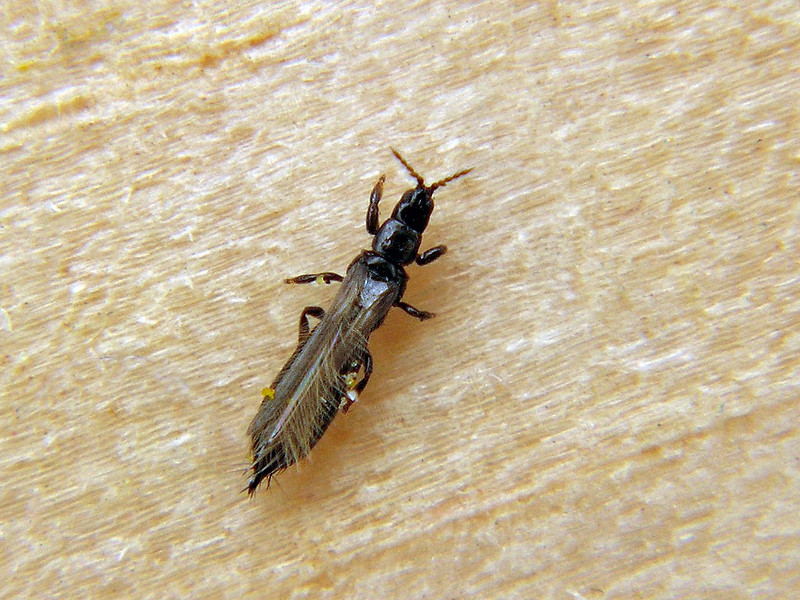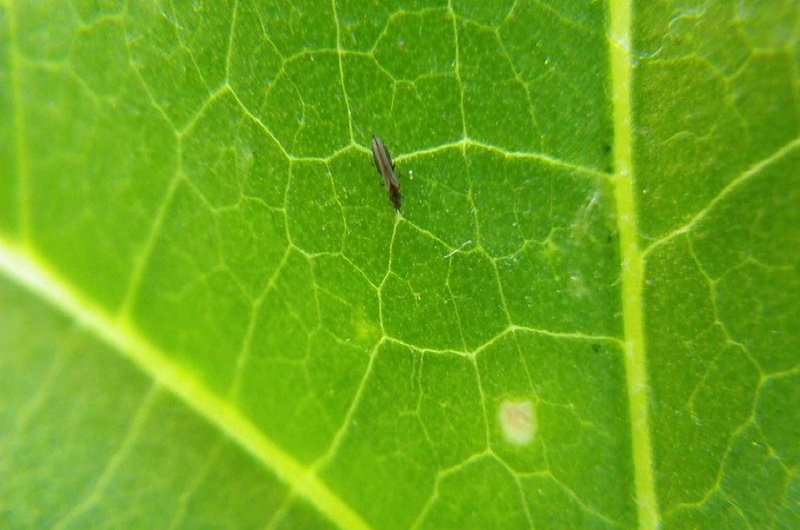Pest thrips are not just among the most common garden nuisances — they are also one of the hardest to get rid of. Thousands of individual species belong to the thrips family, and not all of them are harmful. Some thrips don’t cause damage to plants, instead preferring to munch on fallen leaves and insect debris, while certain predatory thrips should actually be welcome in the garden as they hunt down many of the pest thrips that threaten your plants.
If you know you have a thrips problem in your plants, though, it’s important to take steps to tackle the infestation as soon as possible. Pest thrips like western flower thrips can damage your plants, flowers, shrubs, vegetables, and even trees as they feed — and in addition, they can also carry over 20 varieties of tospoviruses that can quickly threaten your entire garden or greenhouse.
Both western flower thrips and other pest thrips have, research found, developed resistance to common insecticides, something made easier by their fast life cycles. After you’ve identified them, both for this reason and to protect your own health and the environment at large, you may wonder if you can get rid of thrips naturally.
Are there organic cures for thrips?
Yes, you can take many steps to get rid of thrips naturally. Pest management experts have reached a consensus around the fact that organic and natural measures should always play an important part in managing pest thrips, even in cases where insecticides are also used. For the sake of transparency it is, on the other hand, important to mention that pest thrips are extremely persistent and difficult to get rid of. To have a chance at success, you will need patience, dedication, and a wide array of tools.
Neem Oil
To be able to survive for so long, many plants have developed impressive defense mechanisms that can sometimes rival man-made insecticides and other pesticides. Neem oil, produced by the neem tree, contains azadirachtin — an impressive insecticide. Neem oil spray can be applied to thrips-infested plants in phase one of your thrips-control plan. In addition to the fact that neem oil deters thrips, those that do make contact with the substance will suffocate.
Don’t think that neem oil is safe for human health simply because it is natural, though — both inhalation and skin contact can lead to irritation! While you handle neem oil, you may consider wearing gloves and wearing an N95 respirator.
Aluminum Foil
Aluminum foil is another simple but very helpful weapon in your anti-thrips arsenal, particularly if you are trying to guard vulnerable seedlings against infestations. This is because thrips are, like many other insects, attracted to white, light-colored, and reflective surfaces. By strewing large sheets of aluminum foil around your garden, near your seedlings but without covering them, you’ll stand a good chance of distracting thrips for a good while. As pest thrips swarm aluminum foil sheets, your seedlings can survive those first crucial stages of life.
Reflective mulch is also often used in the defense against thrips for the same reason, with similar success rates. These easy steps can make a big difference, without any risk!
Beneficial Insects for Outdoors
If you have thrips in your plants, you will be doing your best to fight them. In the process, why not enlist the help of these pests’ natural enemies? The fact that other insects can play a crucial role in thrips control is, in fact, an excellent reason to choose natural thrips control methods. You want to keep bugs that kill pests like aphids and thrips, which can protect your plants.
Western flower thrips and other pest thrips can be kept in check with the help of powerful predators such as:
- Green lacewings
- Some species of parasitic wasps
- Some predatory thrips
- Minute pirate bugs
Many insect predators help control thrips infestations by wiping these pests out right at the start — by parasitizing their eggs, and making it difficult for new generations of thrips to flourish in your garden or greenhouse. The best part? It is now possible to order predatory insects that fight garden pests very easily, online.
Other Ways to Control Thrips Naturally
The many other natural ways to get rid of thrips include:
- Sealing cracks and entry points in greenhouses
- Planting your flowers and garden away from areas where weeds that thrips also feed on grow, to prevent the spread of these pests
- Applying row covers to your plants
- Pruning damaged parts of your plants during the winter, as thrips may be hibernating here
- Hosing plants that can tolerate it down with water to physically eliminate thrips
Getting rid of thrips isn’t easy, but these natural steps can help you control this pest — and even if you do choose to turn to insecticides, it is important to also include organic pest control steps into your plan.
Citations and Credits



